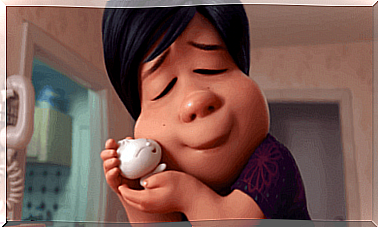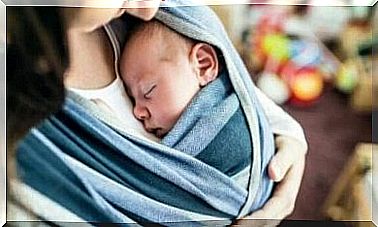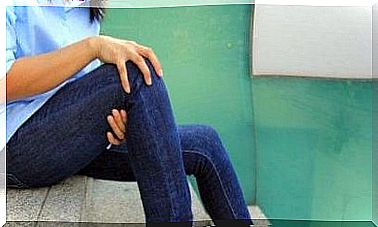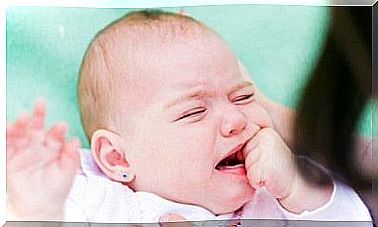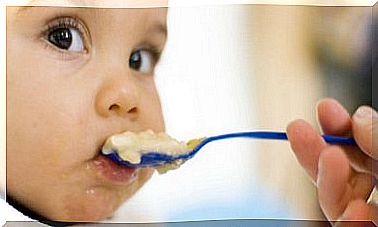What Is Landau Reflex And How Is It Rated?
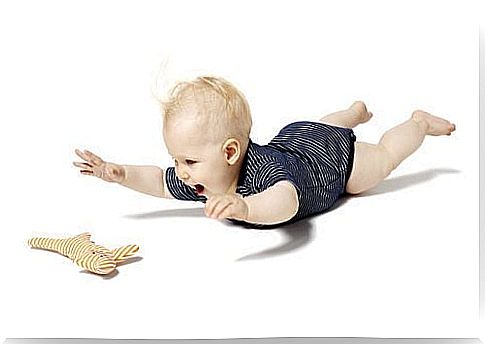
Landau reflex is one of many reflexes that can be seen in the first months of a baby’s life. These reflexes show that the nervous system is working effectively.
Let us explain what the Landau reflex is, its characteristics as well as what other reflexes are seen in the first months.
Like other reflexes, the Landau reflex is an involuntary response to a stimulus.
Reflexes are instinctive actions of our bodies. We carry them in our DNA, as their main function is to enable us to adapt to the surrounding environment with which we interact.
There are many primary reflexes that we are born with, such as yawning, sneezing or blinking. There are also secondary reflexes that we “learn” through life.
To assess the Landau reflex, the baby should be placed in a ventral position (head down) on your arm, where the forearm should be held at a right angle. The baby should straighten his torso and lift his legs and his head.
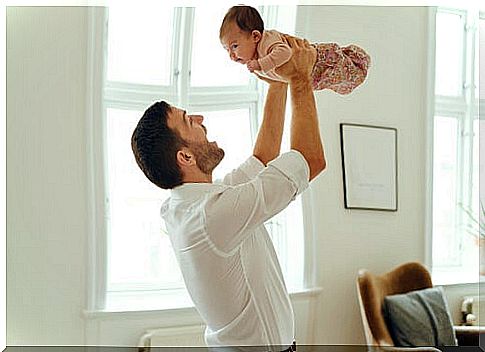
Generally, these movements are accompanied by bending the knees and elbows. With these movements, the baby tries to counteract gravity as he looks ahead to find a visual reference point.
Reflexes can be primary, which we are born with, or secondary, which we learn over time.
Characteristics of the Landau reflex
- The Landau reflex occurs during the first four months of life and continues until around the age of two, but many researchers consider it to stop right after the first year of life.
- It represents a combination of the tonic-labyrinthine reflex, the tonic throat reflex and the visual reflex.
- As the baby begins to develop voluntary and conscious movements, this reflex begins to become less visible.
- It is recommended that this be practiced by a specialist for two reasons: firstly, she is better able to assess the baby’s reactions, and secondly, you are not able to control the baby’s movements, which is why he may fall or be injured. due to a sudden or unfortunate movement.
What does lack of reflex mean?
Lack of this response may be due to muscle weakness in that part of the baby, and it will be necessary to train his muscle development, which is similar.
It can also signal a delayed mental development. The best thing to do in these situations is to follow your pediatrician’s suggestions.
Doctors examine the presence of these reflexes very early in babies’ lives. The assessment is not only quantitative but also qualitative.
In other words, it is not only the presence of the reflex that is noted, but also its effectiveness – and even if it is completely involuntary.
If the expected reflex does not occur, it may indicate some form of deficiency. If the movement is weak, it may be a symptom of muscle weakness.
If it is extreme, it may be the result of a withdrawal syndrome. If it is asymmetrical, it may be a sign of crowbar injury.
Other secondary reflexes
Landau reflex is not the only reflex that is characteristic in the baby’s first months. Among the main reflexes, we can mention the following:
- Grasping reflex : the baby clasps his hand to embrace your finger or another object addressed to him.
- Gait reflex : the baby tries to walk when his feet hit a hard surface.
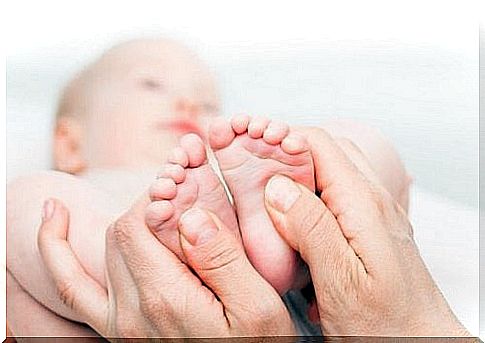
- Gallant reflex: by laying the baby face down and tingling or ae on one side of the spine, the baby will try to turn towards the point where the touch was made.
- Abdominal reflex : as with previous reflex, except that the baby must lie face down. Instead of touching the spine, it is the abdominal area that needs to be stimulated. This should cause the torso to bend.
- Traction reflex: when you lay your child face down, he will try to move his legs so that they begin to crawl. It is normal for this reflex to begin before the final crawl stage.
- Crawling reflex : it occurs when the previous reflex is fully developed. You need to lay your baby on his stomach on a firm surface that allows him to support himself. He will react immediately, and try to put himself in a crawling position. This reflex occurs when the baby is 6-7 months, and is maintained when the baby begins to walk.
- Finger extension reflex: once the baby has clasped his hand, we can gently caress the outside of his hand, from the little finger to the wrist, to get him to open the hand. This technique can be very useful in getting the baby to perceive that he is grabbing something.

